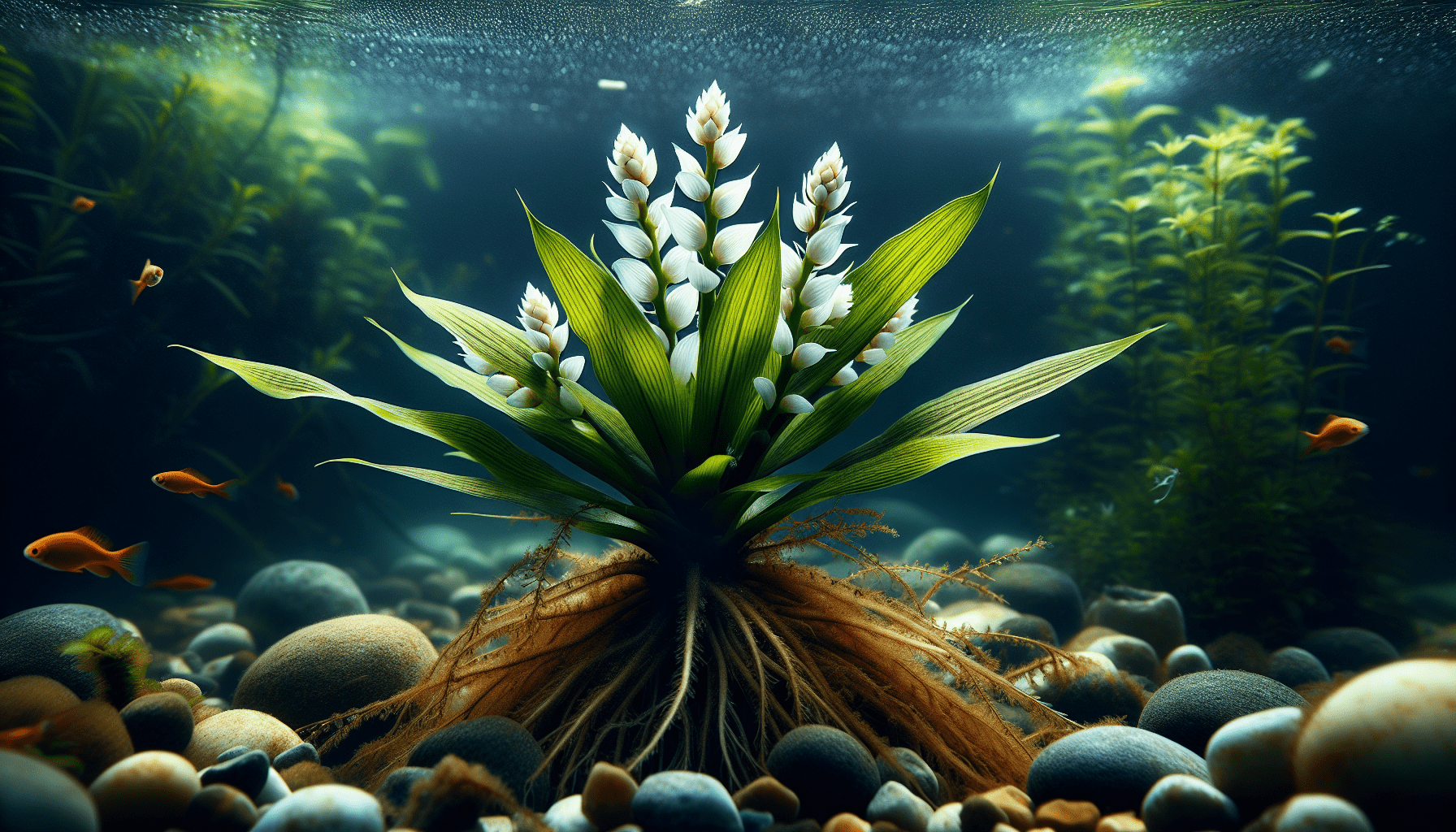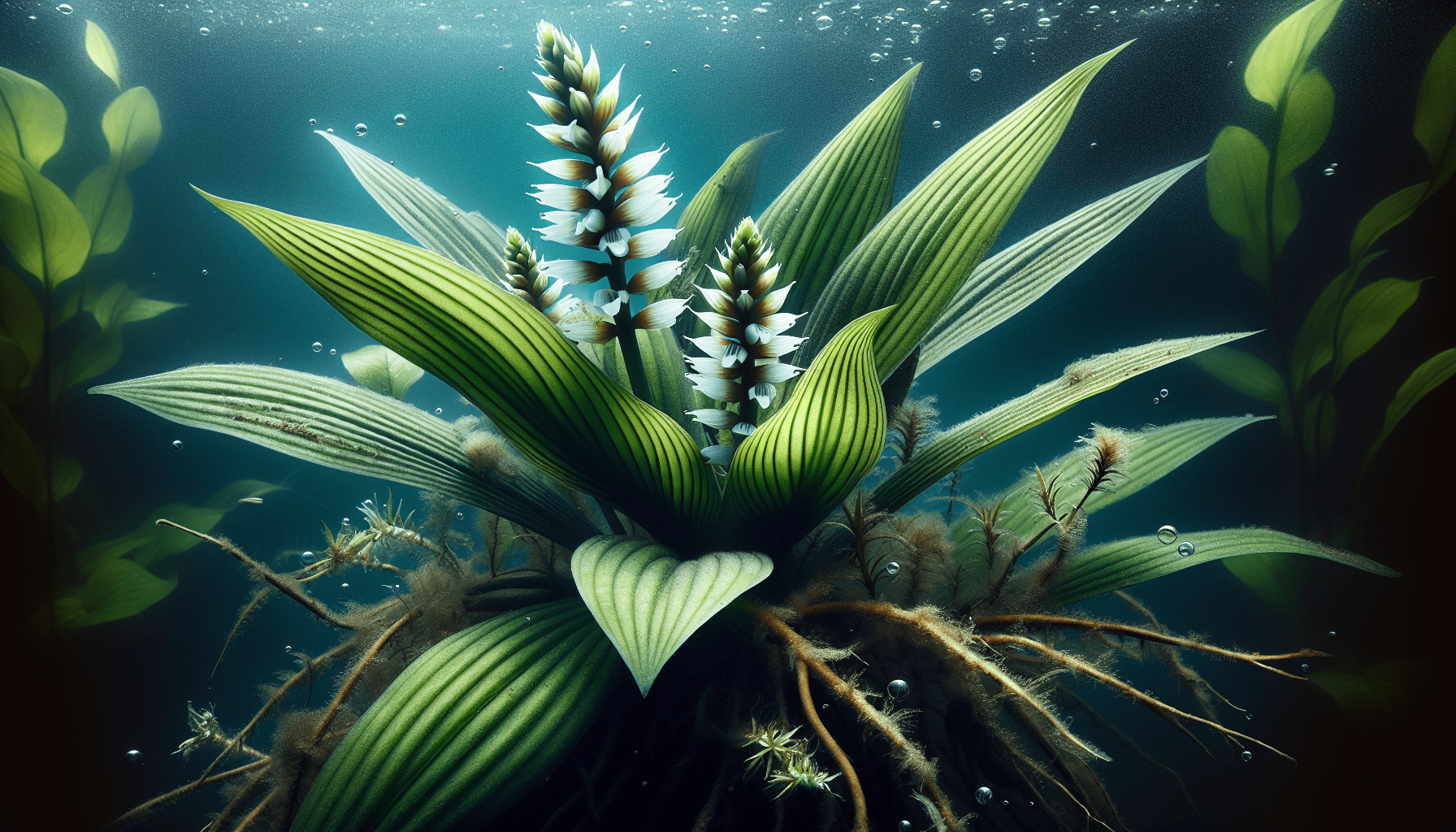In this scholastic discourse, you are about to soar on your journey into the verdant world of aquatic plants, specifically focusing on the longlobe arrowhead. Unfolding the abundant narratives concealed beneath its petal-strewn surfaces, you will identify this unassuming plant’s inherent properties, its distinctive features and its role within its ecosystem. Enrich your botanical understanding and foster an intimate relationship with the vital entities that provide the foundation for life as we know it, beginning with the astonishing longlobe arrowhead.

Overview of the Longlobe Arrowhead
One of the central ways in which natural ecosystems express themselves is through the assortment of plant species they harbour. Within this diverse spectrum, Longlobe Arrowhead makes its mark as a significant contributor.
Definition of Longlobe Arrowhead
Longlobe Arrowhead (Sagittaria longiloba) is an herbaceous, perennial aquatic plant known for its uniquely shaped leaves. It is part of the family Alismataceae, a collective of plants typically found in wet habitats.
Scientific Classification
From a scientific standpoint, the classification of Longlobe Arrowhead is as follows. It falls under the Plantae kingdom and the Angiosperms clade. Being a Monocot, it categorizes under Alismatales’ order and under the Alismataceae family. Its genus is Sagittaria, featuring a multitude of unique aquatic plants.
Habitat & Distribution
As is typical among aquatic plants, the Longlobe Arrowhead thrives in wet, swampy habitats. More specifically, it shows a preference for shallow ponds, ditches, and the margins of slow-moving rivers. Geographically, its presence extends across North America, with sightings reported from Southern Ontario to Texas.
Common Names
Apart from its scientific name, the Longlobe Arrowhead is known by several common names. These include “Long-lobed Arrowhead” and “Pod-Grass”. These names derive from the plant’s physical characteristics and its ecological habits.
Visual Characteristics of the Longlobe Arrowhead
The appeal of the Longlobe Arrowhead lies not only in its ecological contributions but also in its visual allure. With its distinctive leaves and flowers, it is a sight to behold.
Description of Leaves
The leaves of the Longlobe Arrowhead are undoubtedly one of its most recognisable features. True to its name, the leaves are arrowhead-shaped and can grow up to 20 cm long and 10 cm wide.
Appearance of Flowers
Equally captivating are its flowers. It features white, three-petaled flowers that bloom from July to September. The flowers are arranged in a whorl-like inflorescence, adding an aesthetic appeal to the plant.
Shape and Size of the Plant
As a whole, the Longlobe Arrowhead grows about 30-90cm tall. It forms basal rosettes from a cluster of tuberous roots, giving it a unique and attractive shape.
Seasonality of Growth
The Longlobe Arrowhead shows the most noticeable growth between late spring and early fall. The optimum growth conditions during this period promote the development of both its foliage and flowers.
Cultivation & Care of Longlobe Arrowhead
Cultivating the Longlobe Arrowhead demands knowledge of its preferences and requirements to create a habitat in which the plant can flourish.
Planting Conditions
Longlobe Arrowhead prefers humid, water-logged soils with good drainage. It can either be submerged or planted in wet soil near water bodies.
Temperature Needs
The plant is a hardy one, tolerating temperatures down to -15 degrees Celsius. However, it enjoys warmer climates for optimal growth.
Sunlight Requirements
Full to partial sunlight is requisite for the Longlobe Arrowhead. Providing it with a sufficient amount of daylight ensures the proper synthesis of food.
Watering Schedule
As an aquatic plant, the Longlobe Arrowhead demands a consistent water supply. It needs to be watered daily or as soon as the soil begins to dry out.
Fertilizer Use
While not essential, a slow-release aquatic fertiliser can be added to promote vigorous growth.

Propagation of Longlobe Arrowhead
The Longlobe Arrowhead presents several ways in which propagation may occur:
Seeds Propagation
Sowing seeds directly into the soil is one method. However, the seeds may require scarification or a cold treatment known as stratification to ensure germination.
Propagating from Tubers
The plant creates clusters of tuberous roots from which new Longlobe Arrowheads can be propagated. The process involves dividing the roots and replanting them.
Optimal Time for Planting
The ideal time for planting is during the spring when warm weather allows rapid and successful growth.
Germination Time
For seeds, the germination time varies widely, generally occurring after two weeks to several months depending on environmental conditions.
Uses of Longlobe Arrowhead
The Longlobe Arrowhead provides a variety of uses, ranging from ecological benefits to contributions towards human economy.
Ecological Benefits
The plant plays a crucial part in water purification by absorbing harmful toxins. It also minimises erosion and provides a habitat for many organisms.
As Ornamental Plants
With beautiful white flowers and unique leaves, Longlobe Arrowheads serve as wonderful ornamental plants for water gardens or ponds.
Other Uses in Human Economy
Historically, the plant’s tuberous roots have been used as a form of sustenance by indigenous tribes, similar to potatoes.
Interaction with Wildlife
Longlobe Arrowhead’s ecological role includes profound interactions with several wildlife species.
Attraction for Birds
The seeds of the plant attract birds, providing a food source. Besides, the plant’s thick foliage offers nesting sites for several bird species.
Impacts on Aquatic Insects
The Longlobe Arrowhead provides shelter for many aquatic insects, allowing them to breed and thrive safely.
Relationship with Fish
Aquatic plants like the Longlobe Arrowhead often provide oxygen, promote food chain interactions, and offer shelter for numerous fish species.
Threats and Conservation of Longlobe Arrowhead
Common Pests and Diseases
While generally free from serious pests and diseases, the Longlobe Arrowhead can sometimes be attacked by aphids and spider mites.
Conservation Measures
Conservation measures include habitat preservation, control over water pollution levels and creating awareness about the species.
Status in the Wild
While it remains fairly common in the wild, habitat destruction has led to localised reductions in the plant’s population.
Impact of Climate Change
Rising temperatures and altered precipitation can adversely affect the growth timings and overall health of aquatic plants, the Longlobe Arrowhead included.
Nutritional Value of Longlobe Arrowhead
Edible Parts and their Nutrients
The roots of the Longlobe Arrowhead are edible, offering a rich source of dietary fiber, vitamins, and essential minerals.
Potential Health Benefits
Consuming the plant’s roots can contribute to cardiovascular health, support digestion, and strengthen the immune system.
Culinary Uses
The roots can be boiled, roasted, or ground into flour, extending into diversified culinary applications.
Myths & Legends related to Longlobe Arrowhead
Folklore about the Plant
Indigenous tribes revered the Longlobe Arrowhead for its sustenance properties and often incorporated the plant in folklore and cultural rituals.
Symbolic Meaning in Different Cultures
In some cultures, the Longlobe Arrowhead symbolises strength and resilience due to its ability to thrive in challenging conditions.
Impact on Local Traditions
Tools made from Longlobe Arrowhead plants have been found at archaeological sites, indicating its historical importance in local traditions.
Scientific Research on the Longlobe Arrowhead
Recent Studies on the Plant
Recent research has taken an interest in the Longlobe Arrowhead’s ability to absorb toxins, highlighting its potential for ecological remediation.
Potential Medicinal Properties
Preliminary studies suggest that the plant may have anti-inflammatory and antioxidative properties, although more research is needed in this direction.
Research on Ecological Benefits
Existing research on Longlobe Arrowhead underscores its ecological contributions, particularly its role in maintaining healthy aquatic ecosystems.
In conclusion, the Longlobe Arrowhead, a humble aquatic plant, is endowed with multifarious features that positively impact natural ecosystems, human societies, and scientific understanding. Despite the challenges it faces, this resilient plant continues to flourish, reminding us of the profound interconnections that bind us with natural world.